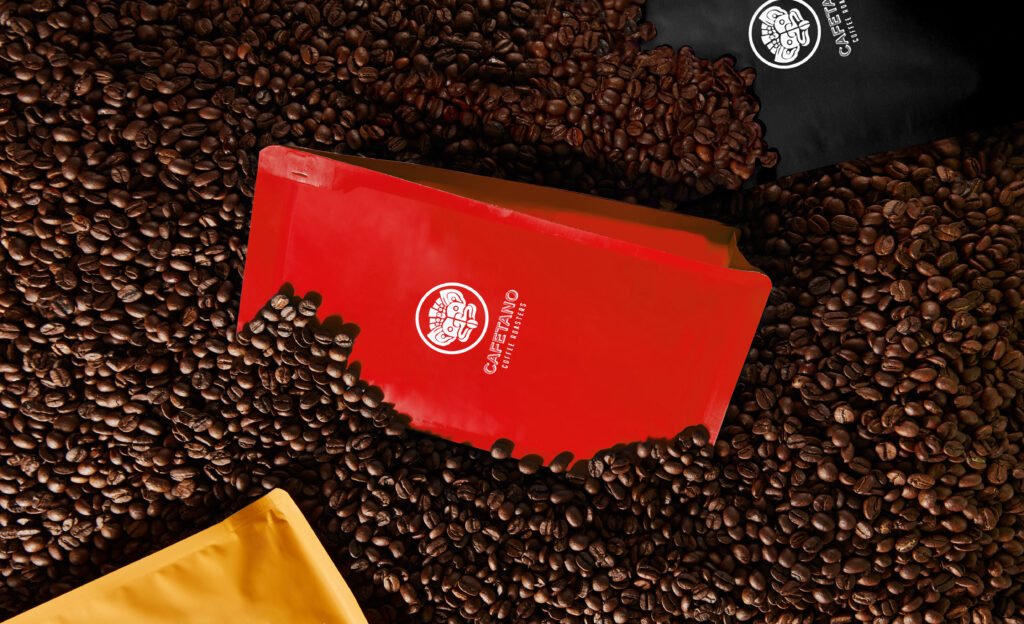Coffee, as one of the most popular beverages in the world, has a variety of flavors largely derived from the roasting process of coffee beans. Different roasting levels can not only change the color and aroma of coffee beans, but also significantly affect the taste of coffee. This article will explore the degree of roasting of coffee beans and its impact on the taste of coffee, helping you better understand and choose coffee that suits your taste.

Basic concepts of coffee bean roasting
Coffee bean roasting is the process of heating green coffee beans to high temperatures. During this process, the coffee beans undergo a series of chemical changes that produce different flavors and aromas. The basic steps of roasting include heating, dehydration, caramelization and fission. These steps change the color of the coffee beans from green to brown and release their lovely aroma.
Classification of different roasting levels
Light Roast
Lightly roasted coffee beans are usually light brown in color, with a dry surface and less gloss. This roasting method retains the original acidity and fruity aroma of the coffee beans, with distinct citrus and floral notes. Light roasted coffee is suitable for drinkers who prefer fresh, bright flavors.
Medium Roast
Medium roast coffee beans are darker in color and are still dry on the surface, but some oils are starting to appear. This roast level balances acidity and sweetness with flavors of nuts, caramel and spice. Medium roast coffee is often considered the most balanced flavor option and is suitable for most coffee lovers.
Dark Roast
Dark roasted coffee beans are dark brown to black in color and have a shiny surface. This roasting method reduces the coffee’s acidity and adds bitterness, with distinct smoky and chocolate flavors. Dark roast coffee is suitable for drinkers who like a rich, thick taste.
Effect of roasting degree on taste
Each degree of roasting has a different impact on the taste of your coffee. Light roasted coffee has high acidity and prominent fruity and floral aromas; medium roasted coffee has a balanced taste, with sweet flavors of nuts and caramel; dark roasted coffee has a pronounced bitter taste, with deep flavors of smoke, chocolate and roasting.
Other factors affecting taste
In addition to the degree of roasting, the type of coffee, its origin, climatic conditions, grinding thickness and brewing method will also affect the final taste of the coffee. Arabica and Robusta are the two main types of coffee beans, each with unique flavor profiles. Different origins and climatic conditions also give coffee beans different regional flavors. In addition, grinding thickness and brewing method (such as espresso, American drip, hand brew, etc.) will also have a significant impact on the taste of coffee.
The degree of roasting of coffee beans is one of the key factors that affects the taste of coffee. By understanding the characteristics of light, medium, and dark roasts, coffee lovers can better choose the coffee that suits their tastes. Whether you like fresh and bright fruity aromas or rich and thick chocolate flavors, trying coffee with different roasting levels will help you find your perfect cup of coffee.
If you want to know more information, you can contact us or read our blog.
